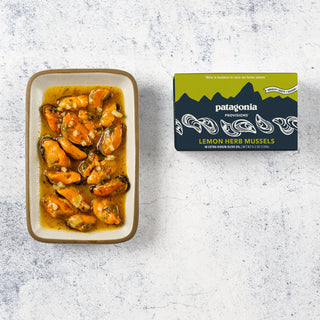The immense runs of wild salmon that once filled nearly every watershed from Alaska to Southern California are nearly gone, decimated by 150 years of industry, resource extraction, dam building and agriculture. More recently, hatchery production, suburban sprawl, toxic runoff from cars, and even lawn chemicals contribute to the burden on our remaining salmon populations.
Modern industrial salmon harvest creates its own set of problems. On the high seas, salmon from hundreds of watersheds mix and mingle along their migration routes. Commercial fisheries in the open ocean lack the ability to know where the fish they catch originated. While sustainable populations may be targeted, the actual harvest can—and often does—include fish from endangered stocks.
Gillnet fisheries in large rivers kill a majority of the fish they encounter, unable to discriminate between robust populations and those struggling to survive. For example, in rivers where abundant sockeye and pink salmon are targeted for harvest, unacceptable numbers of imperiled coho, Chinook and steelhead often perish as bycatch.
On our coastline, open-water net-pen salmon farms pollute the water with chemicals, waste and parasites, exacting a terrible toll on wild fish migrating nearby. Fish produced in these feedlots require dye-enhanced food to color their gray flesh, and frequently contain antibiotics, concentrated PCBs and other chemicals.
Thankfully, there are bright spots in the salmon world. Thriving runs of wild salmon still exist in certain watersheds, and a return to selective-fishing techniques allows for responsible harvest of abundant target species. We source our salmon only from these select fisheries. We’re also working to use more of each fish we harvest. For example, we’re working on a salmon jerky recipe made from the delicious (but difficult-to-remove) flesh found along the fish’s backbone. We’re also researching ways to create healthy pet treats out of salmon scraps that are normally discarded during processing.
On a larger scale, our presence in the fish business allows us to support and publicize conservation projects that directly impact wild salmon. We’re currently part of efforts to stop the Pebble Mine in Bristol Bay and the Enbridge Pipeline in British Columbia. We provided support for the Elwha Dam removal, and continue to push for further dam busting on the Snake, Klamath and other rivers. We also support dozens of organizations working to save habitat, shut down hatcheries and change commercial fisheries.
Strange as it may sound, we believe harvesting and eating wild salmon in the right numbers, from the right places, can actually help save them. Thank you for joining us.












